
7 Reasons to Forage Wild Food and Herbs
Before the advent of agriculture, our ancestors were hunter-gatherers, relying on the wild food and herbs they brought home in their baskets to keep them alive and well. Foraging is a way to return to those ancestral roots and re-learn what our ancestors knew: that nature provides an abundance of botanicals that can be consumed for sustenance or wellness—or both!
As taught in The Foraging Course, the line between foods and herbs is often blurred. This is because wild edibles provide myriad health benefits when consumed, and some plants we usually think of as herbs can also be incorporated into meals. This approach helps to steer us away from the model of thinking in which herbs are viewed as replacements for conventional medicines, and instead moves us into a more holistic approach that incorporates herbs into our daily lives, from the apothecary to the dinner table.
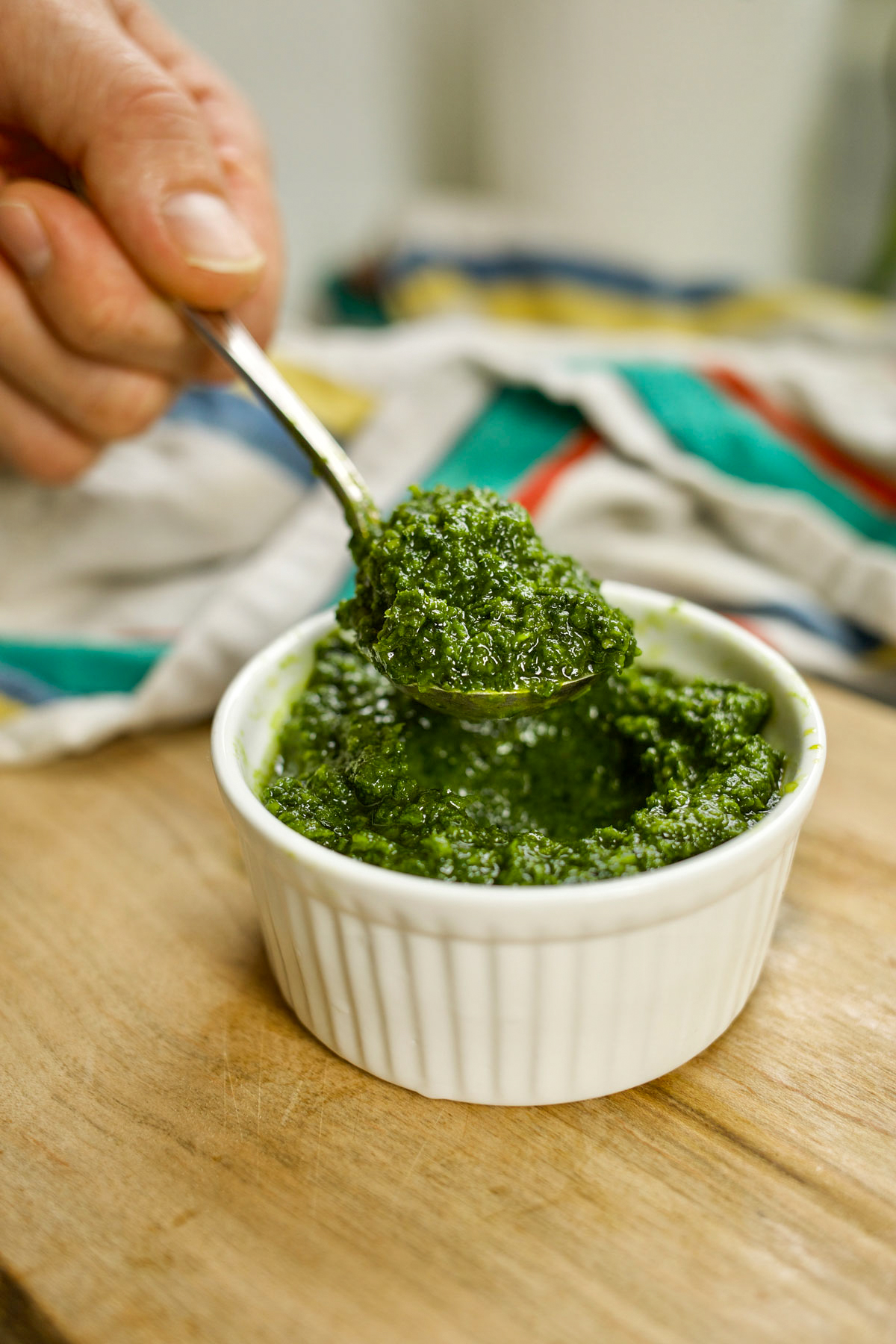
1: Highest-Quality Botanicals
Foraging for wild plants gives us access to the most vibrant botanicals available—it doesn’t get any fresher than what you’ve harvested yourself! Wild foods are also generally more nutrient-dense than their cultivated counterparts, and foraged herbs are often the most chemically diverse and potent plants available.
If you’ve ever bought a bag of dried violet (Viola spp.) leaf, for example, you may have noticed that the herb lacks much of the mucilaginous quality available in the fresh plant. Or perhaps you’ve crafted an oil from dried St. John’s wort (Hypericum perforatum), only to discover that it didn’t turn the gorgeous red color you were seeking. This is because drying St. John’s wort greatly reduces active constituents such as hypericin (Araya & Ford, 1981) and hyperforin (Hostanska et al., 2002), which is why most herbalists prefer preparations of fresh St. John’s wort (Hobbs, 1998).
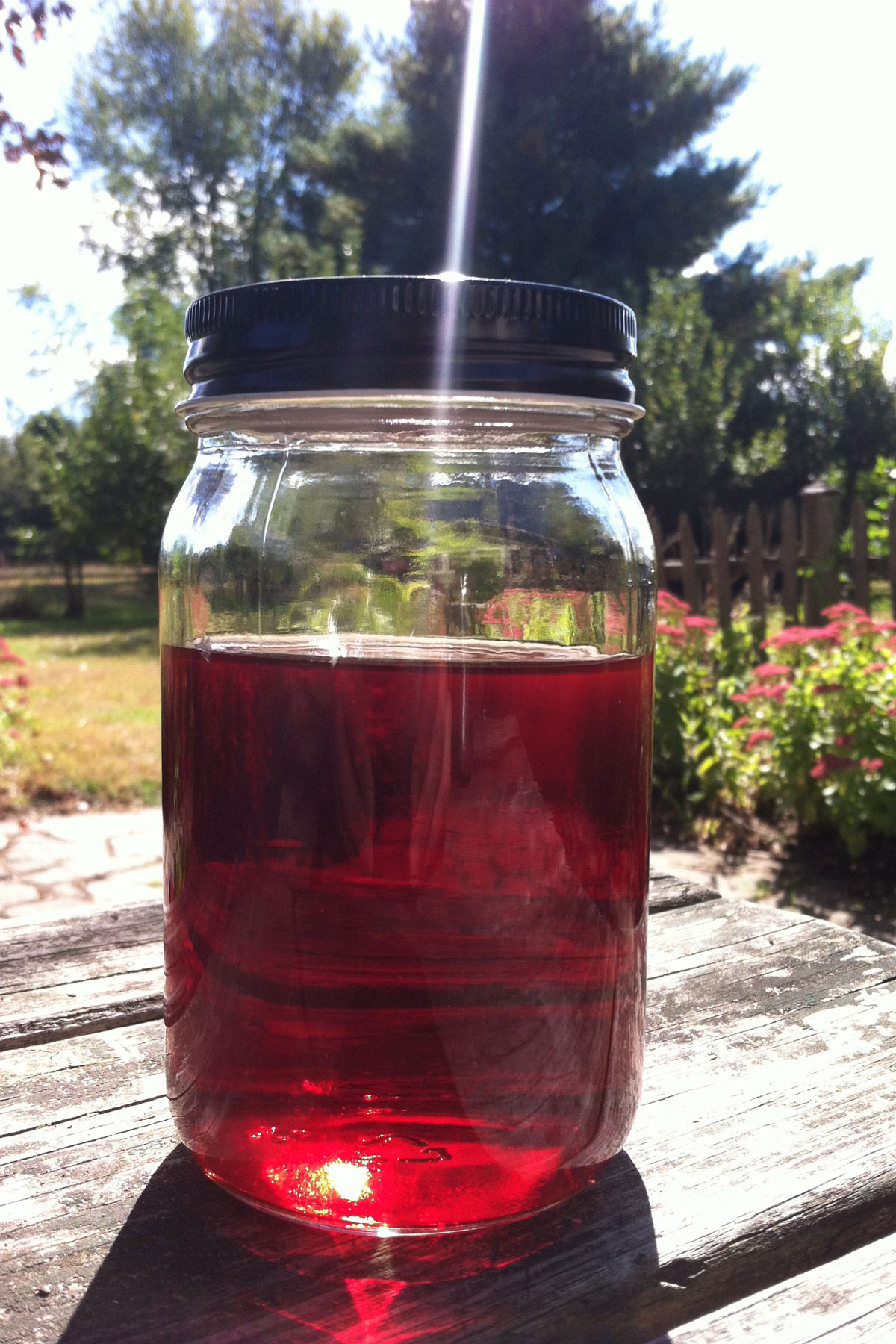
2. Nature’s Abundance
Sometimes, the concept of eating whole, local foods can feel out of reach for those who don’t have the resources to purchase these more expensive items. If we can’t always afford organic greens from the farmers market or grocery store, we can still feel a sense of plenitude by coming home with a big basket of wild food, like chickweed (Stellaria media) or nettle (Urtica dioica) greens. Gathering plants from the wild fosters an appreciation for nature’s abundance, regardless of financial situation.
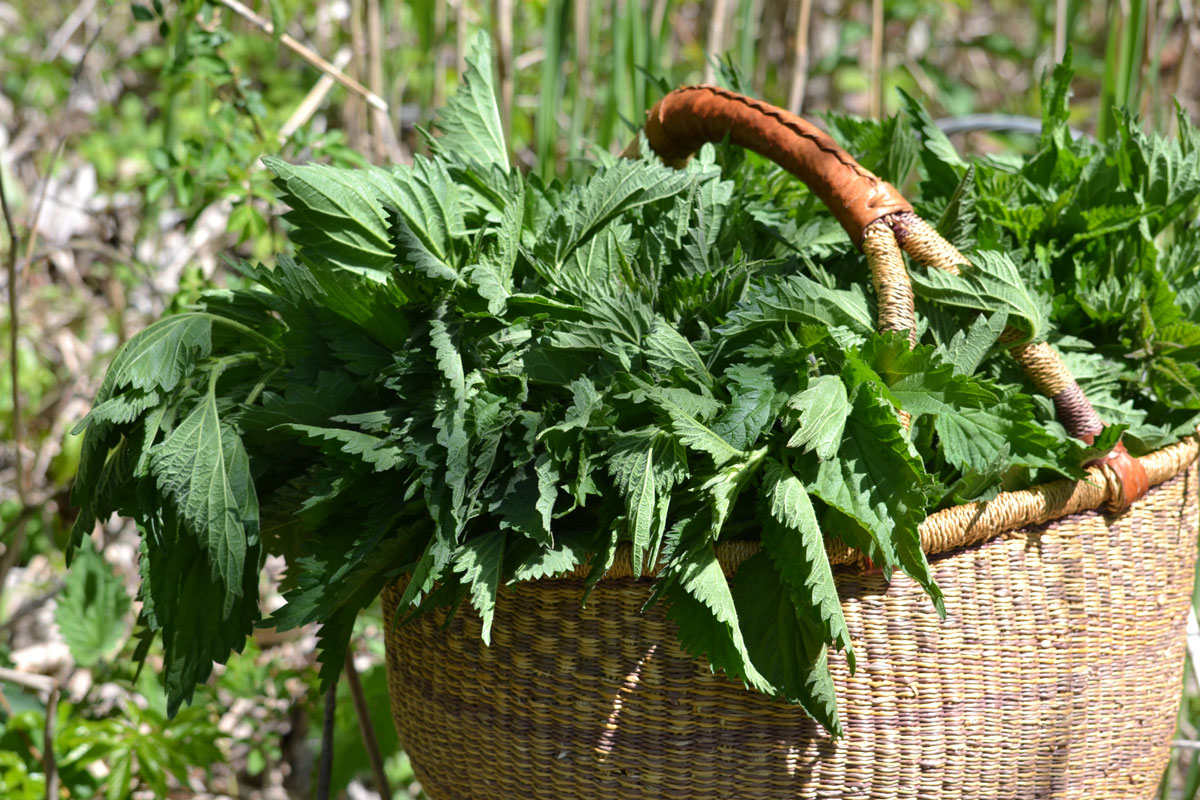
3. Wild Food Security
Not only does foraging help ease the family budget and promote self-sufficiency, it can also help to provide food security during times of scarcity, especially when we seek out common plants that are typically considered weeds. As forager and author Katrina Blair (2014) writes, “The wild weed crops create a net of security for local communities when other sources of food are minimal or scarce” (p. 50). Of course, foraging can also be time-consuming, which grants us a greater appreciation for the amount of work that goes into those big bags of dried herbs that we do purchase!
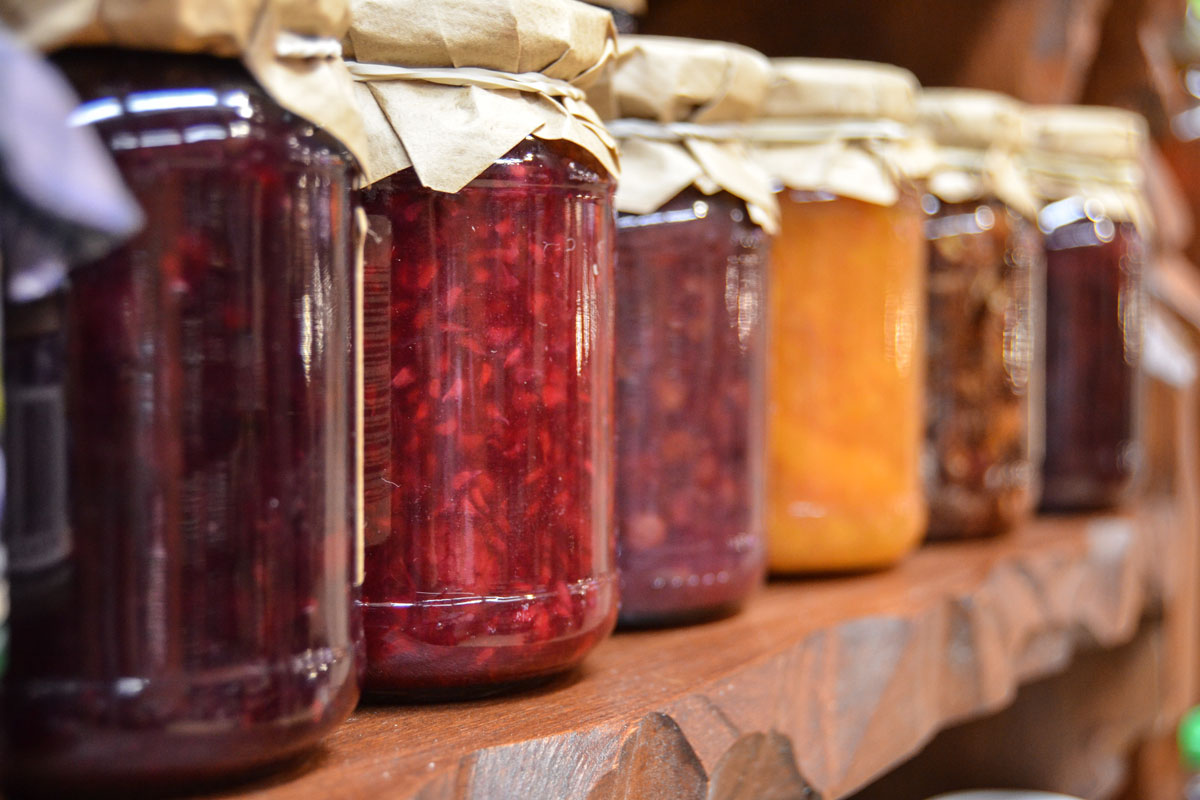
4. Connection with Local Plants
When we place our focus on using the plants that grow where we live, we practice “bioregional herbalism.” This fosters a personal connection with local plants, giving us the opportunity to understand the plants we use on a deeper level, learning directly from them as teachers. Experiencing the herbs we work with as living, breathing beings can help us uncover new insights about their uses and properties.
When we spend time with the plants in their own habitats, observing their life cycles and ecological relationships, this also helps us see ourselves as part of the ecology of nature, rather than the disconnected outsiders we often feel like as citizens of a modern world.
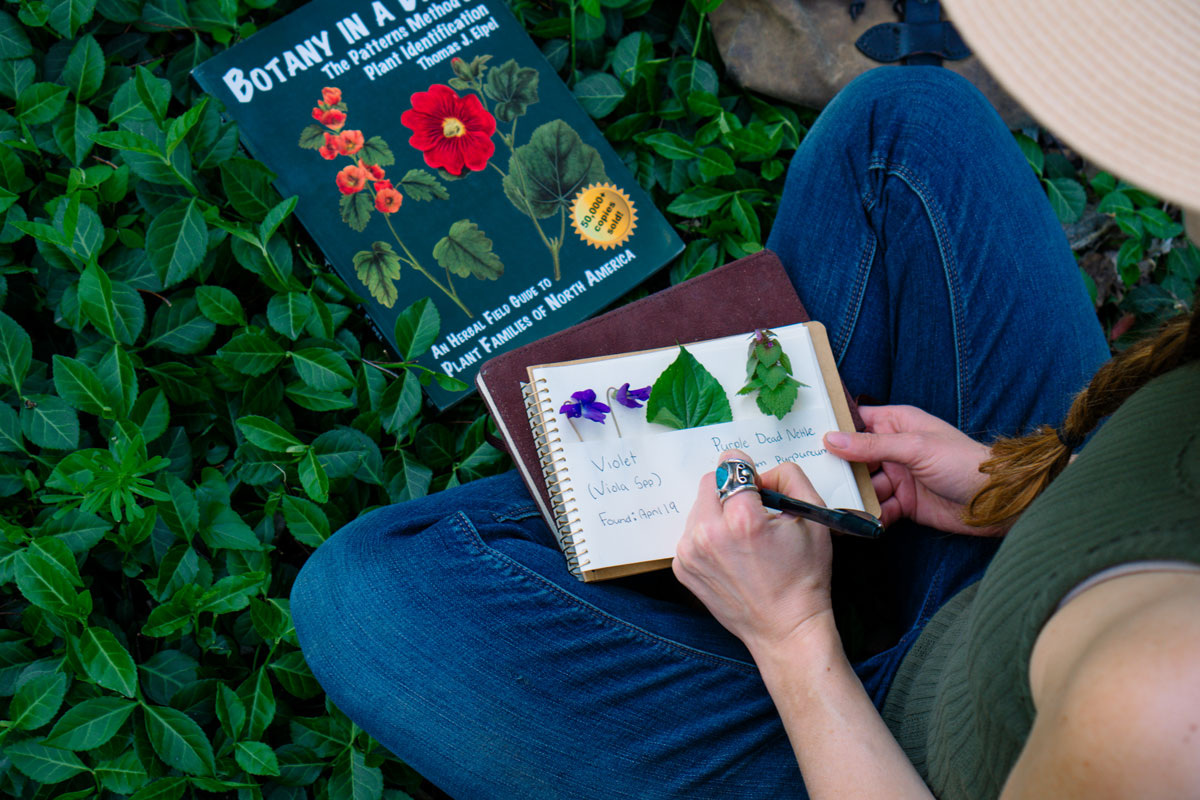
5. Sustainability
Harvesting local herbs that grow abundantly is a great way to make your herbalism practice as sustainable as possible. Foraging greatly reduces the use of packaging materials as well as fossil fuels in the transport and storage of our beloved botanicals. By learning to forage, you’ll be taking a large step toward Zero-Waste Herbalism!
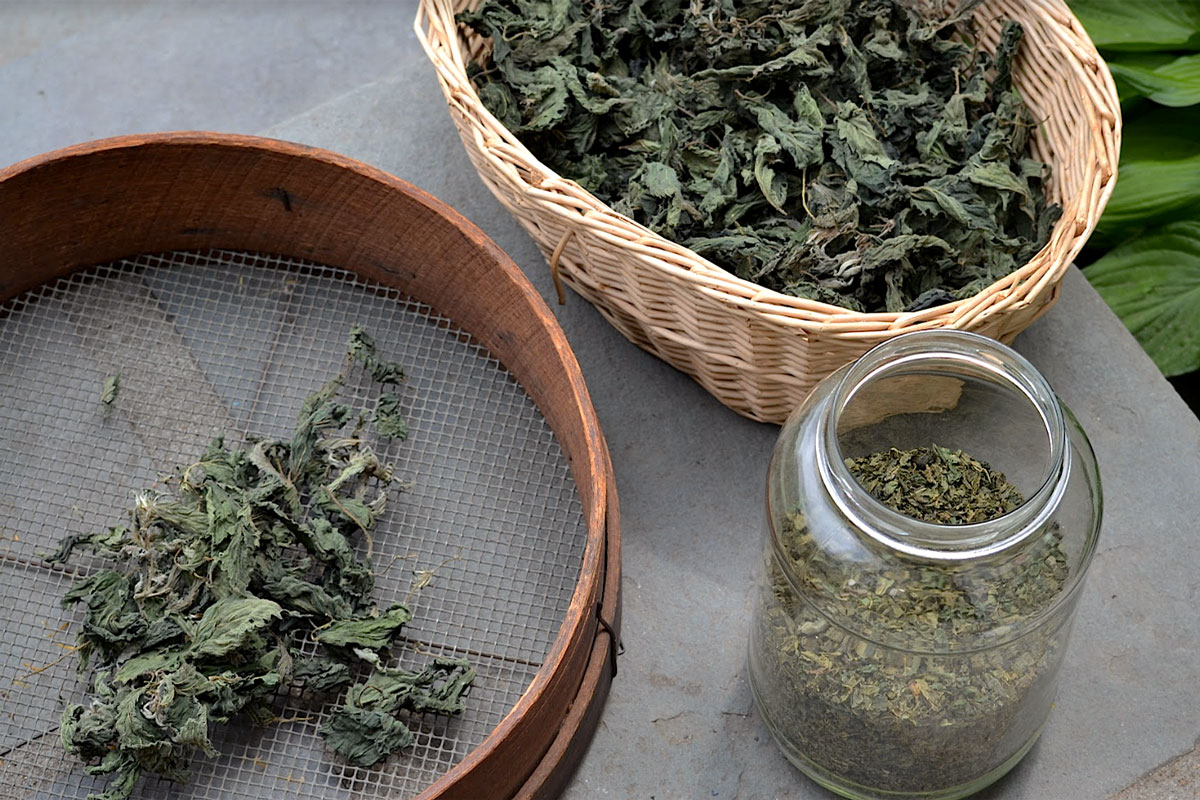
6. Connecting With Nature
The simple act of getting out into nature can be wonderfully revitalizing to body, mind, and spirit. For example, forest bathing (also known as shinrin-yoku) refers to the humble practice of meandering through the forest to enjoy the natural world in a relaxed and open way. It was developed in Japan during the 1980s, and since then research has found associations between forest bathing and various benefits to the immune, cardiovascular, and respiratory systems, as well as mental and emotional benefits such as reduced stress, increased relaxation and mental focus, and improved mood (Hansen et al., 2017). As the authors of a review on the health benefits of forest bathing point out:
When one ponders humans existing less than 0.01% of the species’ history in modern surroundings and the other 99.99% of the time living in nature, it is no wonder some humans yearn and are drawn back to where human physiological/psychological functions began and were naturally supported (Hansen et al., 2017, Conclusion, para. 1).
As more and more people hear the call of the wild, there is an increasing desire to embrace the old ways of reconnecting with the Earth and taking our food and herbs into our own hands. Some benefits of being in nature aren’t nearly so quantifiable, but are nevertheless palpable when experienced. A connection to nature is the essence of freedom, and this knowledge still flows through our veins as a deep urge to reconnect with our own primal nature. Foraged plants are ripe with a primal, living energy and strength; as such, they remind us of our own natural vitality and deep connection with the world around us. As the old adage tells us, we are what we eat—so partaking of these plants in foods and herbal preparations is a means of bringing the energy of the wild into our own life force.
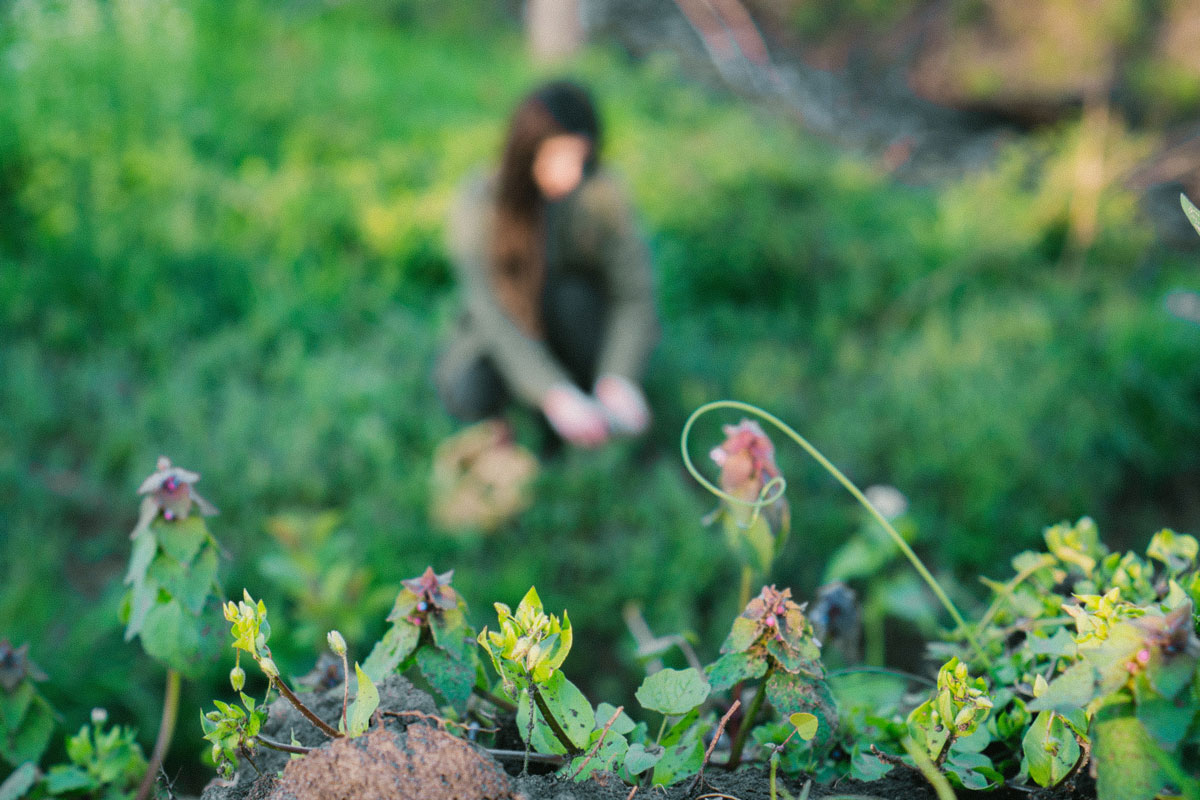
7. Expanding Your Palate
Finally, consuming wild foods and herbs is an opportunity to expand and develop your palate, especially when incorporating these plants into meals. The typical diet in industrialized cultures tends to favor convenience over nutrition, with an abundance of highly processed foods that take little time to prepare.
We often overlook bitter foods in favor of sweet and salty flavors, yet bitter plants are known for boosting digestive function and supporting the liver. As herbalist Guido Masé (2013) explains, “Since industrialization and the centralization of food processing, we have been trying to make our food easier and easier to taste and consume … this has led not only to over-consumption but also stagnation, lethargy, and diminution of overall health” (p. 7). Conversely, by opening our minds and taste buds to incorporate bitter herbs and other stronger flavors into our palate, we are returning to a diet that more closely resembles that of our ancestors, providing nutrition that our genetic makeup has evolved to thrive upon.
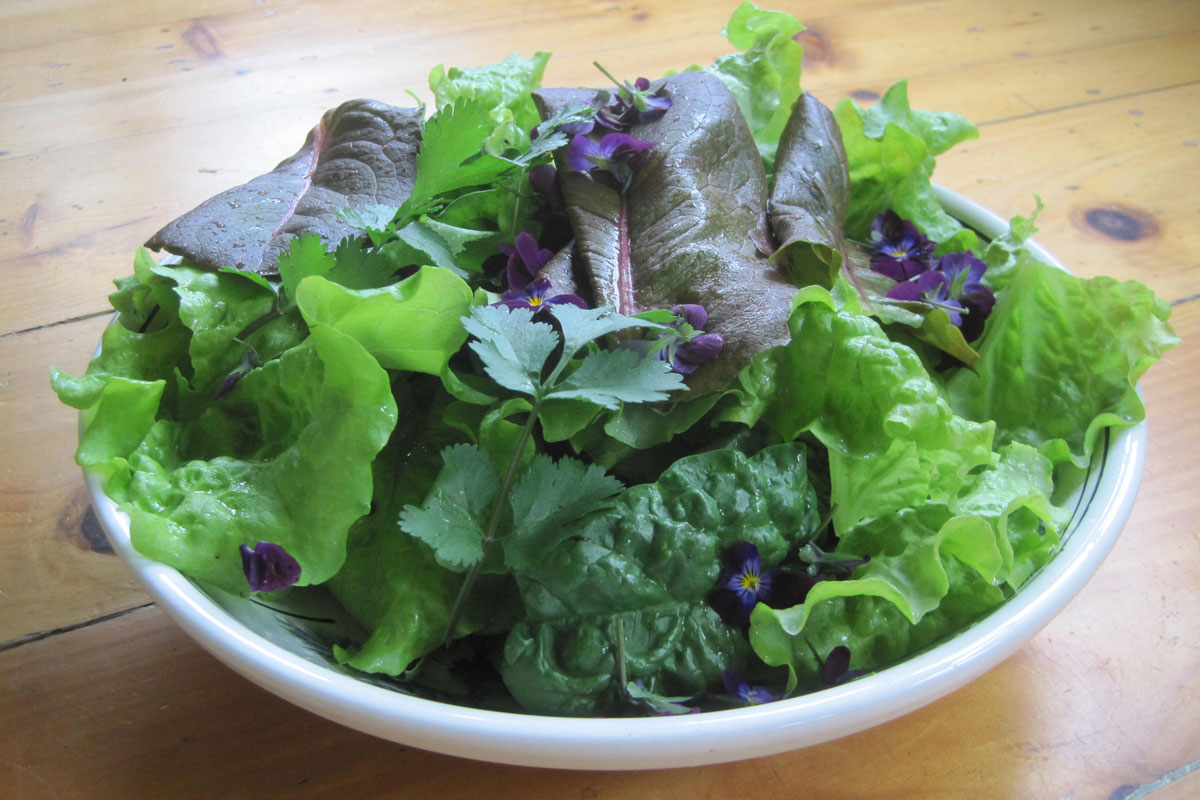
In Closing,
Foraging is one way to dip your toes into herbalism without breaking the bank on purchased botanicals—and without the commitment of tending a giant backyard garden. It’s also a great way to work with living, fresh plants when you don’t have the space to grow your own garden. Plus, when we take the harvest into our own hands, we never have to worry about adulterated or poor-quality herbs—we know exactly how they have been handled every step along the way and we’re using them in their ripest, most vibrant state. The best part? While wandering through wild spaces, you’ll have the opportunity to recharge and reconnect with your local habitat while better understanding the useful plants that grow within it!
Learn more:
5 Foraging Guide Books to Help You Identify and Harvest Plants
How to Start Foraging in Your Own Backyard
Join us in The Foraging Course to learn all about harvesting and using wild plants!
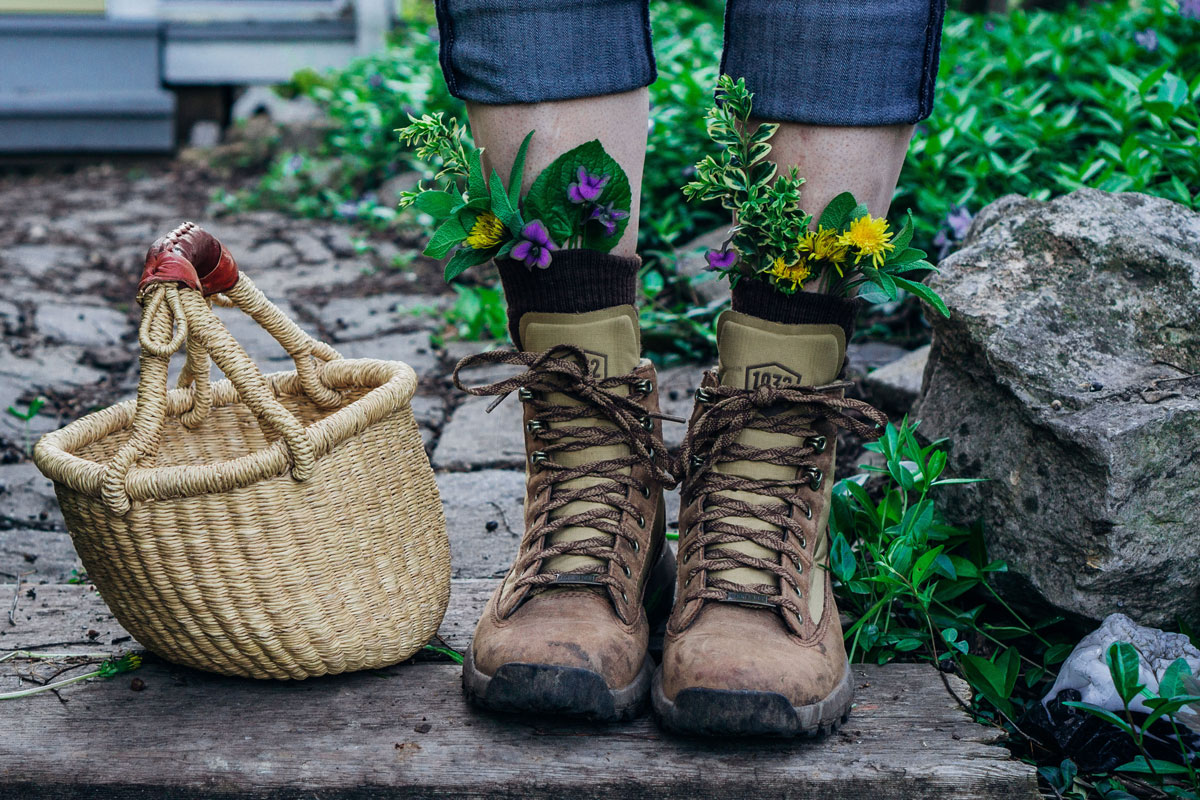
In The Foraging Course we cover an abundance of seasonal favorites, from springtime beauties, such as nettle, violet, and chickweed to summertime treasures, like yarrow, mimosa, and mugwort—not to mention our fall favorites like burdock, yellow dock, and rose hip.
With this in-depth, online guide, you will learn how to safely identify and harvest wild plants. You’ll also receive 24 in-depth plant monographs about common wild botanicals and 48 tested recipes for using your harvest both in your kitchen and in your apothecary.
Sign up for The Foraging Course today!
REFERENCES
Araya, O.S., & Ford, E.J.H. (1981). An investigation of the type of photosensitization caused by the ingestion of St John’s Wort (Hypericum perforatum) by calves. Journal of Comparative Pathology, 91(1), 135-141. https://doi.org/10.1016/0021-9975(81)90053-0
Blair, K. (2014). The wild wisdom of weeds: 13 essential plants for human survival. White River Junction, VT: Chelsea Green Publishing.
Hansen, M., Jones, R., & Tocchini, K. (2017). Shinrin-yoku (forest bathing) and nature therapy: A state-of-the-art-review. International Journal of Environmental Research and Public Health, 14(8), 851. https://doi.org/10.3390/ijerph14080851
Hostanska, K., Reichling, J., Bommer, S., Weber, M., & Saller, R. (2002). Aqueous ethanolic extract of St. John’s wort (Hypericum perforatum L.) induces growth inhibition and apoptosis in human malignant cells in vitro. Die Pharmazie, 57(5), 323-331. Retrieved from https://www.ncbi.nlm.nih.gov/pubmed/17619301
Hobbs, C. (1998). St. John’s wort: A review. Retrieved from https://www.christopherhobbs.com/library/articles-on-herbs-and-health/st-johns-wort-a-review/
Masé, G. (2013). The wild medicine solution: Healing with aromatic, bitter, and tonic plants. Rochester, VT: Healing Arts Press.







